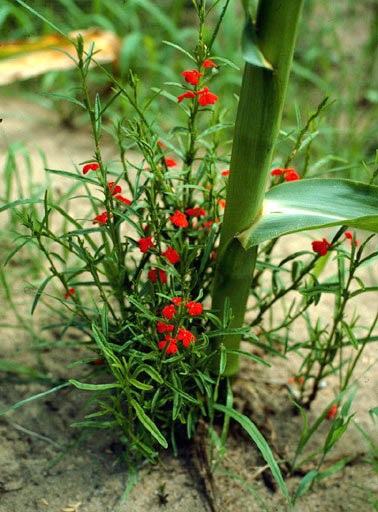Submitted by Sushma_Naithani on Mon, 11/10/2014 - 12:55
Gramene will be holding a series of webinars to support the community of Plant researchers, and breeder in utilizing various comparative genomics resources and tools available at Gramene database. These webinars will provide opportunities for direct interactions between database users and Gramene scientists and developers. Participants are welcome to suggest a specific topic for upcoming webinars. Each webinar will cover practical examples to address specific topics of general interest, such as:
Submitted by Sushma_Naithani on Wed, 10/29/2014 - 17:24
The Jaiswal laboratory at Oregon State University (OSU) organized DNA Biology & Bioinformatics workshop for High School students focused on ‘Linking Molecules, Markers and Morphology’ in summer 2014. The participants included 12 High School students from the local area.
Submitted by Sushma_Naithani on Thu, 09/11/2014 - 13:45
Jaiswal laboratory at Oregon State University (OSU) organized a weeklong summer camp on DNA Biology & Bioinformatics from 7th-11th July 2014. The participants included 7 female and 8 male high school students from local area.
Submitted by marcela.karey on Mon, 09/08/2014 - 13:08
The Gramene Team is pleased to announce its release #42. In collaboration with Ensembl Plants we are providing in this release:
New & updated genomes
Submitted by Sushma_Naithani on Mon, 08/25/2014 - 17:29
Twelve students (9th-12th grade) from local schools attended a DNA Biology Summer Camp organized by the Jaiswal laboratory at Oregon State University (OSU) in July 2014. The activities during the camp included short introductory lectures and follow up exercises using models and laboratory experiments. To further enrich their camp experience, learning in a collaborative environment was encouraged. Dr. Laurel Cooper, a research associate in the Jaiswal laboratory, introduced the students to the basics of the plant cell, and genetic material.
Submitted by marcela.karey on Wed, 08/20/2014 - 17:20
By Daniel Burkhart, URP 2014
Image:

Daniel Burkhardt, URP 2014
Submitted by pankaj.jaiswal on Mon, 08/11/2014 - 12:22
An international team of researchers published their work on Oryza glaberrima (African rice) genome sequence in the journal Nature Genetics (http://www.nature.com/doifinder/10.1038/ng.3044). The work includes genomics analyses of 20 O. glaberrima and 94 O. barthii accessions, which supported the growing hypothesis that O. glaberrima was domesticated in the Niger river region of Africa. The 33,164 protein coding and 701 tRNA genes were identified in the 314 Mb draft genome of O. glaberrima.
Submitted by jpreece on Fri, 08/01/2014 - 14:34
Plant Reactome now provides projections for eighteen plant species (nine monocots and nine dicots).
Using curated rice pathways as a reference, Plant Reactome predicts pathways in other plant species on the basis of Compara orthology projections.
Submitted by vindya on Thu, 07/10/2014 - 14:33
International Rice Research Institute (IRRI), Chinese Agricultural Academy of Sciences (CAAS) and Beijing Genomics Institute (BGI) have come together to sequence the genomes of 3000 rice accessions. A report of this unprecedented sequencing effort and access to the sequence information was recently published in the Journal GigaScience (Jia-Yang Li, Jun Wang, and Robert S Zeigler GigaScience May 2014, 3:8).
Image:

Urban rice fields: effective land use under high tension lines in suburban Colombo (photo credit: Aravinda Perera)
Submitted by vindya on Fri, 06/13/2014 - 15:03
Strigolactones are a class of carotenoid derived compounds. As the most recently described class of plant hormones they are reported to play an ever expanding role in plant development. As a plant hormone, they act like signaling molecules which communicate with other plant hormone systems including auxins, cytokininins and ABA. Equally significant is their role in promoting symbiotic relationships between plants and soil microbes, a key aspect of plant’s mineral nutrition. Interestingly, name “Strigolactone” is derived from this latter role.
Image:

Striga (witchweed) parasitizing a maize plant. Source: http://www.parasiticplants.siu.edu/Orobanchaceae/images/Striga.asia2.JPEG
Pages